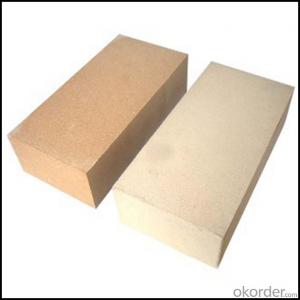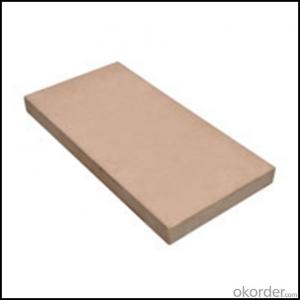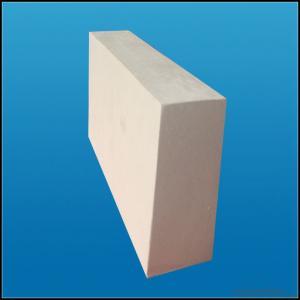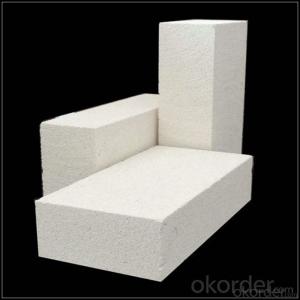Refractory Bricks Light Weight Thermal Ceramic Mullite Insulation
- Loading Port:
- China main port
- Payment Terms:
- TT OR LC
- Min Order Qty:
- 0.02
- Supply Capability:
- 2050 m.t/month
OKorder Service Pledge
OKorder Financial Service
You Might Also Like
Acid Resistant Brick
CMAX firebricks are classified under temperature between 1300℃ to 1700℃, manufactured from high purity alumina clay.
Insulation bricks are classified under temperature between 1300ºC and 1700ºC, manufactured from high purity alumina clay by mixing, press-forming, drying, sintering and machining. Bricks contain carefully-graded organic fillers which are burned out during sintering to give a uniform controllable pore structure. This technique makes product feature low thermal conductivity and excellent heat insulation.
Refractory Insulation brick can be used as a hot face lining directly exposed to the heat or as a backup insulation layer in iron and steel mills, non-ferrous foundries, petrochemical, ceramic, glass, cement and oil fired electric power generating plants.
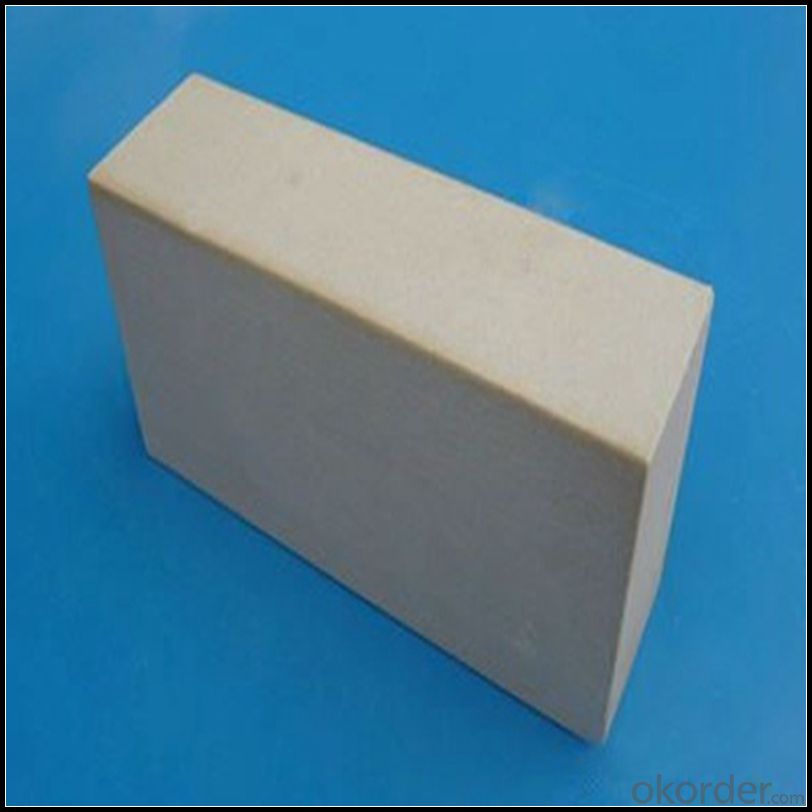
Features
Light weight and low thermal conductivity allows thinner furnace walls
Maintain stable structural strength throughout ambient to maximum service temperature
Low heat storage results in rapid cooling and heating operation
Low iron and impurities to enhance reducing atmosphere
High thermal shock resistance in preventing spalling
Non standard sizes and shapes are available upon request
Application
Ceramic shuttle kilns
Metal heat treatment furnaces Steel billet reheating furnaces Oil refinery heaters
Laboratory furnaces
Our insulating bricks mainly include fireclay insulating brick, high alumina insulating brick, mullite insulating brick etc.
Data Sheet
Classification Temperature (℉/℃) | 3000/1650 |
Bulk Density (g/cm3 ) | ≤1.0 |
Thermal Conductivity | |
800℃, W/m.K | ≤0.39 |
1000℃, W/m.K | ≤0.43 |
1200℃, W/m.K | ≤0.48 |
Reheating Linear Change (%) | 1550℃×12h |
≤0.9 | |
Chemical Composition (%) | |
Al2O3 | ≥75 |
Fe2O3 | ≤0.5 |
Packaging & Shipping
Packaging Details:Be packed in fumigated wooden pallets
Delivery Detail: 30 days after order
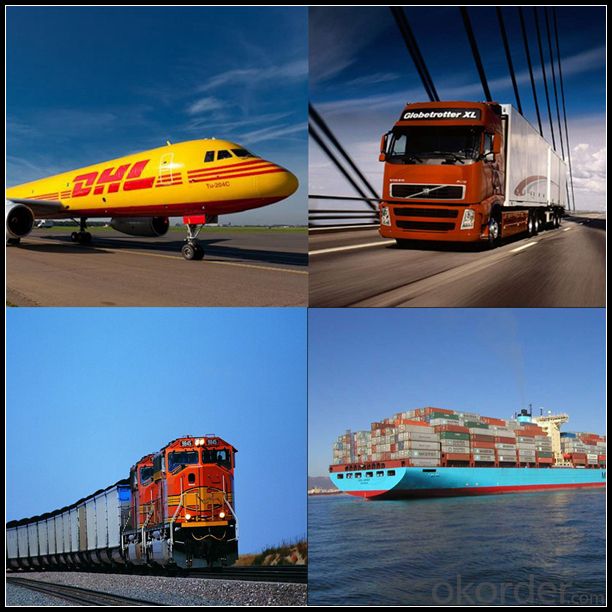
Our Services
Optimum solution and product supply of refractories for high temperature industries, such as iron steel, non-ferrous, petrochemical and building materials.
Engineering design, contract and consult for refractories, and civil architecture design.
Research, development, manufacture and sale of superhard materials.
R&D, manufacture and sale of special packing materials for export.
Inspection, supervision and arbitration of refractories.
Consultation and services in refractories information.
Training and cultivation of high-level talents in refractories profession
Sales Network

Company Information
CNBM (China National Building Material) Group is the largest comprehensive building materials group in China that in integrate scientific research, manufacturing and logistics into one entity. The largest building materials and equipment specialists in China. Upon State Council approval, today CNBM owned more than 300 subordinate manufacturing factories and servicing companies. There are 6 fully owned public listed companies and 11 partially owned with substantial shares public listed companies. In many of these fields, CNBM is playing the leading role in the building industry in the country.
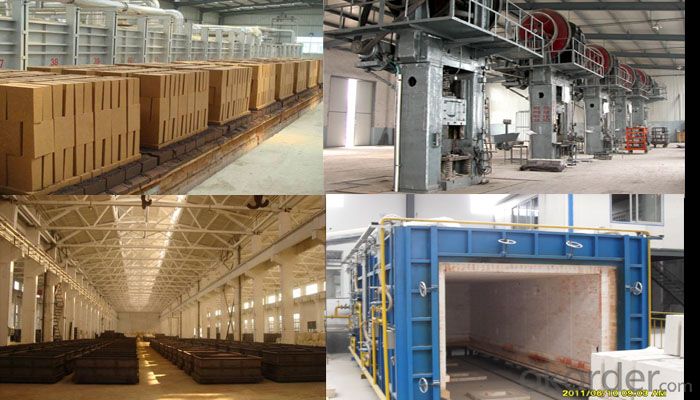
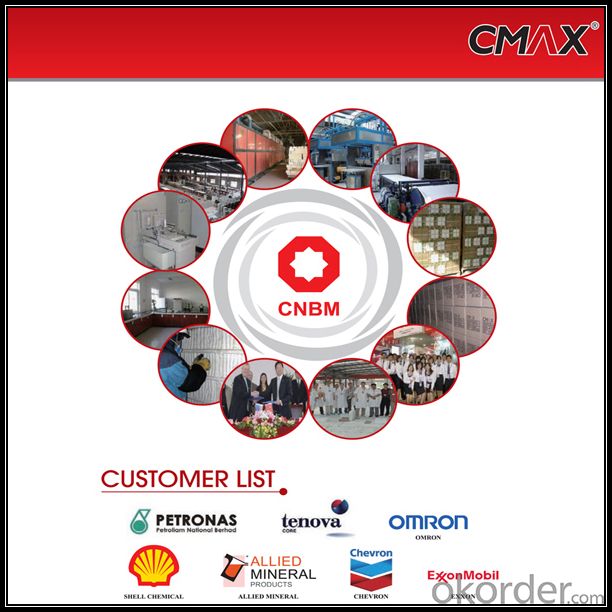
FAQ
1. Which products do you have?
We have all kinds of refractory brick, castable, mortar, cement, ceramic fiber products, etc.
Or you could browse our products to choose what you need.
2. Can you give me a brief introduction of the application of your products?
We are mainly specializing in the refractory materials in iron and steel, cement, glass, ceramics, petrochemical, electric power Industry, etc.
3. If I need your offer, what information do you need?
In order to choose suitable products, it will be appreciated to provide us the information, such us specification, technical data, order quantity, products application etc. If any question, please contact us freely.
- Q:Are insulating fire bricks environmentally friendly?
- To a certain degree, insulating fire bricks can be deemed environmentally friendly. These bricks are crafted from abundant and readily accessible natural materials like clay, shale, and other minerals. Consequently, they do not contribute to the depletion of our natural resources. Furthermore, insulating fire bricks are engineered to possess low thermal conductivity, which aids in diminishing energy consumption. By utilizing these bricks, buildings can achieve better insulation, resulting in reduced heating and cooling requirements and, subsequently, decreased greenhouse gas emissions. Nevertheless, the manufacturing process of insulating fire bricks does have some environmental repercussions. The firing process necessitates high temperatures, which can lead to air pollution and greenhouse gas emissions. Additionally, extracting the raw materials for these bricks may cause some environmental disturbances. To truly assess the environmental friendliness of insulating fire bricks, it is vital to take into account the entire life cycle, encompassing raw material extraction, manufacturing, transportation, and disposal. Furthermore, comparing them to alternative insulation materials can offer a more comprehensive perspective on their environmental impact. In conclusion, while insulating fire bricks possess certain eco-friendly qualities such as being made from natural materials and reducing energy consumption, their overall environmental impact should be assessed holistically.
- Q:Are insulating fire bricks resistant to high-velocity gas flow erosion?
- Yes, insulating fire bricks are generally resistant to high-velocity gas flow erosion. These bricks are designed to withstand high temperatures and are made from materials that can withstand the erosive effects of gases flowing at high velocities. However, the resistance may vary depending on the specific composition and quality of the fire bricks.
- Q:Can the whole wall of the high-rise building be made of grey insulation bricks?
- If the frame structure, it may be so. What is the length of the whole wall? If it is longer, it is necessary to make a constructional column; if the hole is larger, the edge of the hole needs to be made into a border or a constructional column; if the entrance is small, the edge of the hole is about 300mm and needs solid bricks to build better. South wall thickness can be about 190mm, plus plastering design value of 200mm. Personal comments for reference!
- Q:Are insulating fire bricks resistant to fire damage?
- Insulating fire bricks have been specially crafted to endure fire damage. Their composition consists of unique refractory materials, enabling them to withstand exceedingly high temperatures without warping or compromising their insulation capabilities. Possessing a high melting point and low thermal conductivity, these bricks effectively insulate against heat transfer and safeguard against fire harm. Their utilization is widespread in scenarios demanding exposure to fire and elevated temperatures, including furnaces, kilns, fireplaces, and industrial procedures. In summary, insulating fire bricks exhibit reliability and durability, delivering exemplary defense against fire damage.
- Q:What are the types of building blocks?
- Ordinary housing: building brick (clay brick), and non sintered brick (sand lime brick, fly ash brick, cement brick, etc.)
- Q:Can insulating fire bricks be used in the construction of combustion chambers?
- Yes, insulating fire bricks can be used in the construction of combustion chambers. Insulating fire bricks are made from lightweight, porous materials that have excellent thermal insulation properties. This makes them ideal for use in high-temperature applications, such as combustion chambers, where the insulation helps to contain and control the heat generated during the combustion process. Insulating fire bricks have a high resistance to heat transfer, which allows them to effectively retain heat within the combustion chamber. This helps to improve the overall efficiency of the combustion process by reducing heat loss to the surrounding environment. Additionally, the insulating properties of these bricks can help to prevent overheating of the outer walls of the combustion chamber, reducing the risk of structural damage. Furthermore, insulating fire bricks are designed to withstand high temperatures, making them highly durable and resilient. This is crucial in combustion chambers where intense heat and fluctuating temperatures are common. Their ability to withstand thermal shock and thermal cycling makes them a reliable choice for this application. In summary, insulating fire bricks are an excellent choice for the construction of combustion chambers due to their thermal insulation properties, ability to retain heat, and resistance to high temperatures. They contribute to the overall efficiency and safety of the combustion process, making them a valuable component in combustion chamber construction.
- Q:Can insulating fire bricks be used in the construction of foundry furnaces?
- Yes, insulating fire bricks can be used in the construction of foundry furnaces. Insulating fire bricks are made from lightweight materials that have high insulating properties, such as ceramic fibers, vermiculite, or perlite. These bricks are designed to withstand high temperatures, making them suitable for use in foundry furnaces. Foundry furnaces require materials that can withstand the extreme heat generated during the melting of metals. Insulating fire bricks have a high resistance to heat transfer, which helps to minimize heat loss in the furnace. This makes them an excellent choice for insulating the walls and floor of the furnace, as they can help to improve energy efficiency and reduce fuel consumption. Additionally, insulating fire bricks are lightweight, which makes them easier to handle and install in the construction of the furnace. Their lightweight nature also reduces the overall weight of the furnace structure, making it more portable and easier to move if needed. Overall, insulating fire bricks are a suitable choice for the construction of foundry furnaces due to their high insulating properties, resistance to heat, and lightweight nature. They can help improve the efficiency and performance of the furnace while withstanding the extreme temperatures required for metal melting.
- Q:How do insulating fire bricks affect the overall moisture control of a structure?
- Insulating fire bricks play a crucial role in moisture control in a structure. These bricks are made from materials with low thermal conductivity, such as ceramic fibers or refractory materials, which enable them to efficiently insulate against heat transfer. This insulation property not only helps in reducing heat loss or gain, but it also has a significant impact on moisture control. Due to their low thermal conductivity, insulating fire bricks act as a barrier to prevent the transfer of heat and moisture between the interior and exterior of a structure. This barrier helps maintain a stable and controlled environment within the building, minimizing the chances of condensation and moisture build-up. In regions with high humidity levels or in buildings where moisture infiltration is a concern, insulating fire bricks can help prevent the accumulation of moisture on the interior surfaces. Moisture infiltration can lead to various issues such as mold growth, corrosion, and deterioration of building materials. However, by effectively insulating the structure, these bricks reduce the risk of condensation forming on the surfaces, thus minimizing the potential for moisture-related problems. Furthermore, insulating fire bricks also have a high resistance to water absorption. This characteristic makes them less susceptible to moisture damage and ensures that they do not contribute to moisture problems within the structure. Their resistance to water absorption also helps in maintaining the integrity and longevity of the bricks themselves, as excessive moisture can lead to cracking, spalling, or degradation of the material. In summary, insulating fire bricks positively impact the overall moisture control of a structure by providing effective insulation against heat transfer and minimizing the potential for condensation and moisture accumulation. By acting as a barrier and resisting water absorption, these bricks contribute to a stable and controlled indoor environment while protecting the building materials from moisture-related damage.
- Q:Are insulating fire bricks fireproof?
- Yes, insulating fire bricks are fireproof. They are specifically designed to withstand high temperatures and provide excellent insulation against heat.
- Q:Can insulating fire bricks be cut or shaped to fit specific dimensions?
- Yes, insulating fire bricks can be cut or shaped to fit specific dimensions. They are designed to be easily cut or shaped using common tools such as saws, drills, or blades. This flexibility allows them to be customized to fit various applications and structures.
1. Manufacturer Overview |
|
|---|---|
| Location | |
| Year Established | |
| Annual Output Value | |
| Main Markets | |
| Company Certifications | |
2. Manufacturer Certificates |
|
|---|---|
| a) Certification Name | |
| Range | |
| Reference | |
| Validity Period | |
3. Manufacturer Capability |
|
|---|---|
| a)Trade Capacity | |
| Nearest Port | |
| Export Percentage | |
| No.of Employees in Trade Department | |
| Language Spoken: | |
| b)Factory Information | |
| Factory Size: | |
| No. of Production Lines | |
| Contract Manufacturing | |
| Product Price Range | |
Send your message to us
Refractory Bricks Light Weight Thermal Ceramic Mullite Insulation
- Loading Port:
- China main port
- Payment Terms:
- TT OR LC
- Min Order Qty:
- 0.02
- Supply Capability:
- 2050 m.t/month
OKorder Service Pledge
OKorder Financial Service
Similar products
New products
Hot products
Related keywords
